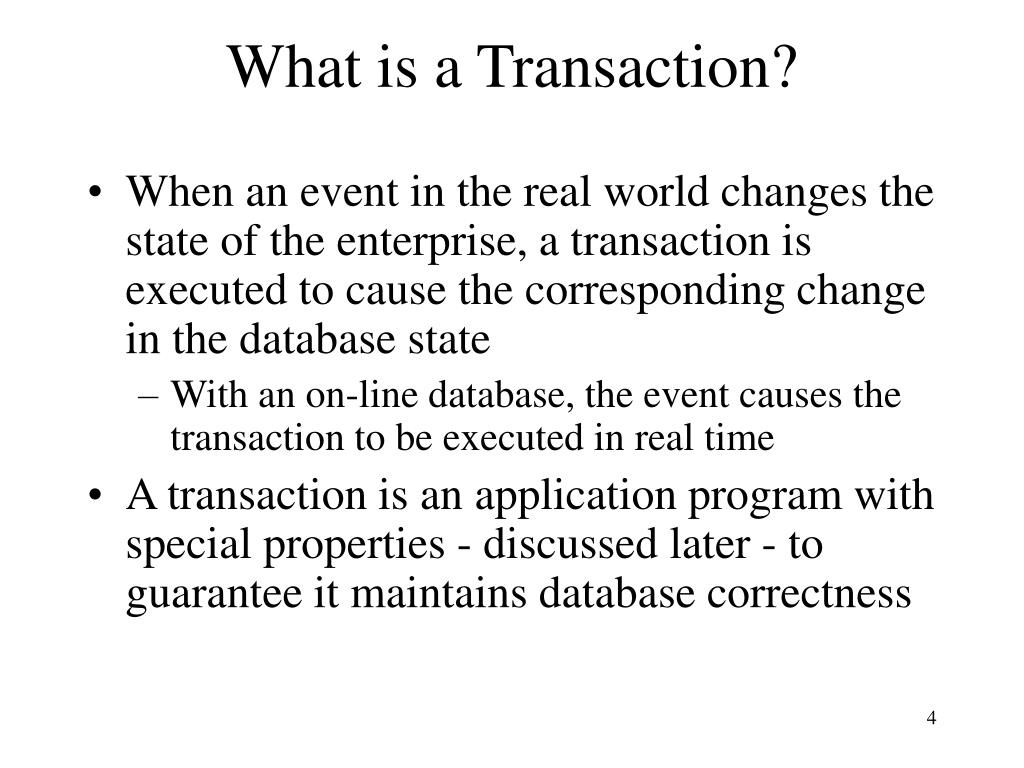

It means it does not record bank details separately. Single-column cash bookĪ single-column cash book, alternately called a simple cash book, shows only cash receipts and payments. Their use cases are determined based on a firm’s size, frequency of transactions, and other characteristics. There are three main types of cash books: single-column cash books, double-column cash books, and triple-column cash books.


Conversely, all cash payments, including rent, payroll expenses, and vendor payments, are entered on the right/credit side. Generally, businesses show a debit cash balance, indicating cash inflows are higher than cash outflows.įor a better understanding of cash book debit or credits, always remember that cash receipts, such as collections from customers and cash sales, are recorded on the left/debit side. All cash book receipts are entered date-wise on the left side, while all the payments are recorded on the cash book’s credit side.Īt the end of the accounting period, the difference between the debit and credit sides is computed. To illustrate, for a company receiving cash payment for sales, entries will be made both in the sales ledger and the cash book.Ī cash book includes two main sections: receipts (debit) and payments (credit).

It means all transactions involve two different accounts. Cash book: AccountingĬash book entries follow the cash book double entry system. This data is then utilised for the preparation of the company's financial statements. Subsequently, the cash book balances are compared against the bank statements and reconciled in case of discrepancies. Overall, the main purpose of maintaining a cash book is to accurately record all the cash transactions as they occur, thus providing up-to-date information about a firm’s cash balances without going through the general ledger. It functions as a subsidiary of the general ledger, as it entails both cash and bank accounting records.It serves as a journal by chronologically recording all the cash transactions of the business relevant to the accounting period.Cash book: PurposeĪ cash book serves dual purposes, as stated below: On the other hand, a cash disbursement journal accounts for payments made, like vendor payments and cash expenses. However, some mid-to-large-sized businesses prefer maintaining two separate cash book records: a cash receipts journal and a cash disbursement journal.Ī cash receipts journal records all the money received by the business, such as cash sales and customer payments. It is updated and balanced on a real-time, continuous basis. It also includes details of bank withdrawals and deposits. Cash book: MeaningĪ cash book is a chronological financial record of all the cash transactions of a business involving cash receipts and cash disbursements. It also provides updated and relevant data while formulating budgets, making forecasts, and allocating resources, thus, ensuring efficient financial management. In addition to serving as an important accounting record, it helps companies in keeping track of their financial position at all times. Maintaining detailed records of your firm’s cash transactions in a cash book is extremely vital.


 0 kommentar(er)
0 kommentar(er)
